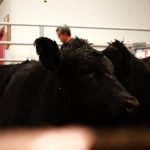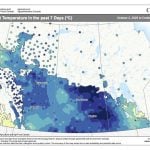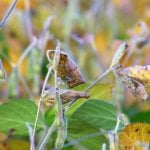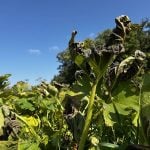
Tag Archives Frost

Frost-free season stretches out for most of Manitoba
The 2025 growing season was longer than average for most of the Prairies, despite an early brush with freezing temperatures in early September

Manitoba soybeans dodge frost damage
Frost hit large parts of Manitoba in early September, but wasn’t prevalent or long-lasting enough to cause concern for soybean fields

Frost damage hits Manitoba vegetable farms
Early frost had already drought-weary vegetable farms rushing to harvest in Manitoba in the second week of September

Ice and frost and a warming planet
The numbers show less sea ice and longer frost-free periods

USDA cuts Russian wheat crop estimate after damaging frosts
Understanding early and late frosts
It’s one of the biggest risks every growing season, and that risk is rising
Early-spring and late-fall frosts
The Winnipeg area may see a record-long frost-free stretch this year

For cattle producers, the time to attack Canada thistle is now
A herbicide application after a hard frost can hit the noxious weed where it lives

Planting seeds of lower frost risk in corn
New research could help breed frost-resistant corn




